Everyday was different, a new adventure, a new discovery.
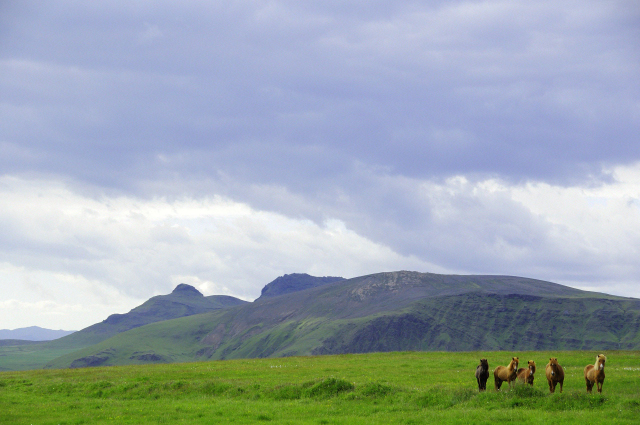

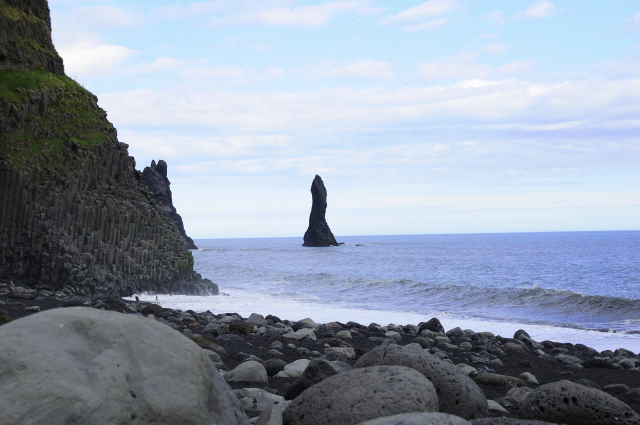
Vik, a small village on the South coast of Iceland, is famous for its beach, Reynisfjara, a black sand beach (made out of lava), with impressive basalt columns and lava formations. According to the legend, Reynisdrangar formations, the basalt sea stacks, are trolls which were caught in dailight and got turned into stones, while trying to pull a ship out of the sea.
We spent quite a lot of time during that day, walking on the beach, trying to capture the rocks, the water, the sand. From above, from beneath, close from the water, far from it. But the weather was not that great. Not particularly sunny, not enough cloudy to convey a specific atmosphere.
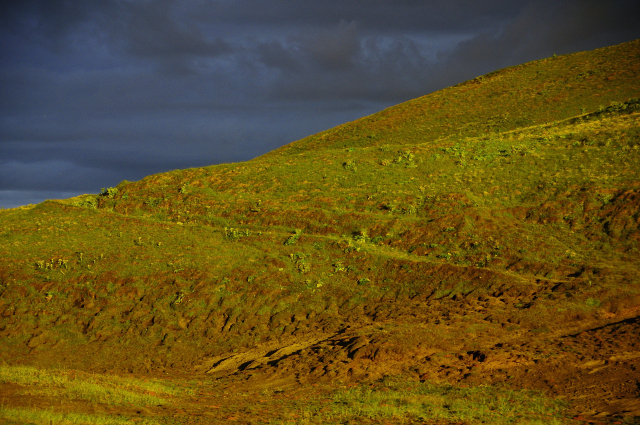
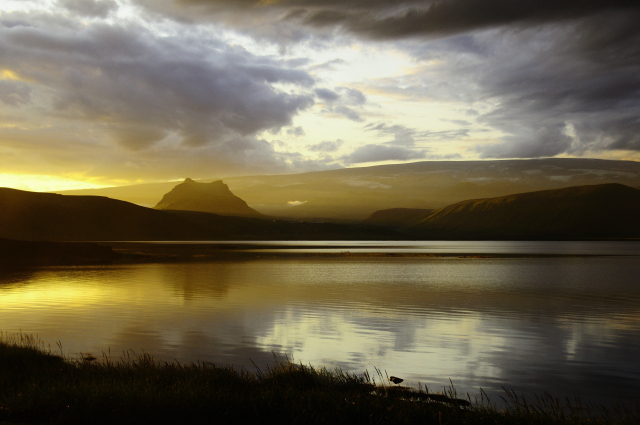


Cute puffins
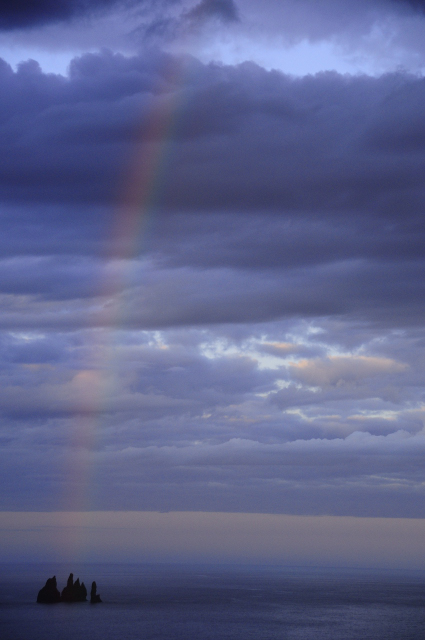
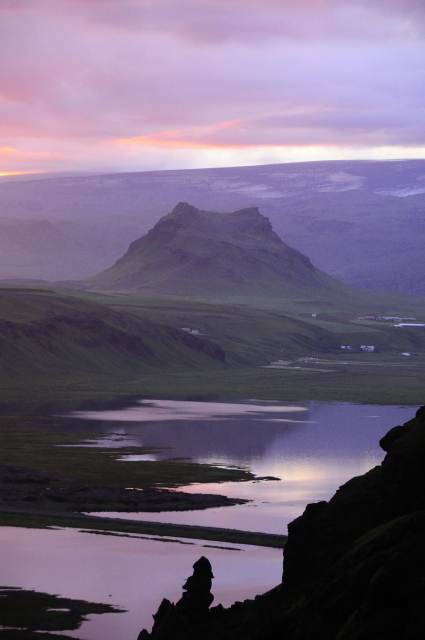

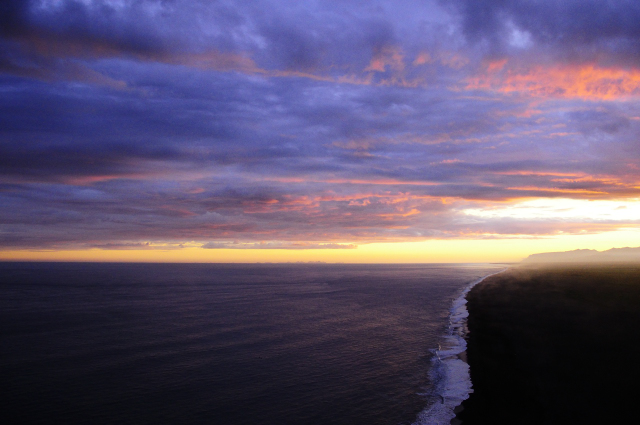


If you want to see more photos from Iceland, this is here.
Quick Photo Tips
The pictures that illustrate this page are the exact pictures I took on that evening. No editing, no post production. Nothing. Directly from the camera. With one lens and no filter. However I do like them as they are, the colors are stunning just by themselves.
This is a good reminder that photography is above all about light ! If you have a beautiful light, a bit part of the job is done. Then, how do you make sure to capture properly a landscape at sunset, without having the most professional equipment ?
- Tripod and Speed : If you shoot a sunset, you will likely need a tripod or a flat place to put your camera. You don’t want to go to high on your ISO (especially if your camera body can’t do it without losing in quality). Which means you will sooner than later have to put a slow speed. You need to be stable to avoid blurry pictures. So, bring a tripod or a monopod with you, or find a flat spot (a stone for instance) where you can put your camera.
- Aperture : Most of the time, for landscape pictures, you will use an aperture between f/8 and f/11 to get more details of the scene into focus. However, if you want to capture a moving piece (the puffins for instance) you may need to increase your speed, and, as a result, put a wider aperture.
- White balance : The warmer your white balance, the more orange your picture will look. The colder, the bluer. By playing with it, you can highlight the atmosphere of the scene.
- Nikon Picture Control (Picture Syles for Canon): These are Nikon built-in presets and a great tool to change the parameters directly on the camera, instead of later on the computer. Preset profiles include Neutral, Portrait, Vivid, etc. Each of them encompasses items to optimise pictures : contrast, clarity, brightness, saturation. I have customized each profile to my liking. I tend to shoot a lot in « Vivid ». This way, when my pictures get out of the camera, they will require less, or even none, editing.
Quick Travel Tips
- In summer times, the days are particularly long in Iceland. This is the Midnight Sun. It can feel quite strange but it is also amazing to be out at 11pm with a relatively light sky. It gives extra time for sightseeing with fewer travelers around ! Bring a sleep mask with you if you struggle to fall asleep with light.
- Even tough you are here in summer, it can get pretty chilly, especially with the wind. Have layers and some warm clothes with you !
- As always with that type of places, it can get crowded as it is increasingly popular. Come for sunrise, for sunset, and you will start avoiding the busses.
- If you don’t have a guide, you will likely drive on your own. This means a lot of driving and planning ahead. So make sure you are well prepared (next fuel stations, snacks, check the roads which may be closed due to snow, even in summer).
- As always, you will learn a lot by having a guide with you. Our guide was Icelandic and knew the place like his pocket. There are a lof of stories, legends, which are great to be aware of. Similarly, having a photographer, someone who already knows the right spots, the hidden gems, will be extremely valuable, on top of learning photography tips. Patrick Dieudonne was our photographer guide. I would highly recommend him. Also Alexandre Deschaumes, a friend, and an artist I really admire, regularly organises photo trips there.




0 Comments